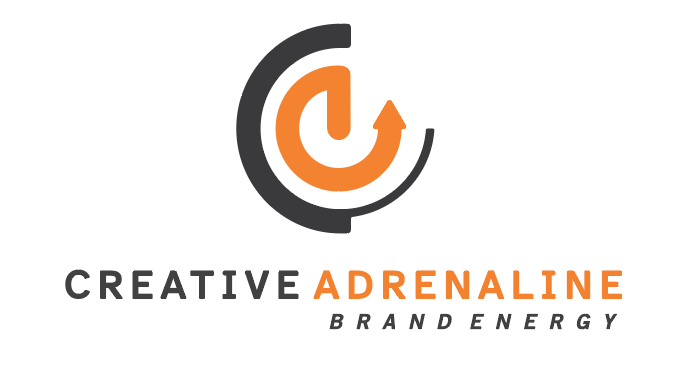Introduction: LinkedIn as the #1 B2B Sales Platform
In the heavy-equipment industry, sales cycles are long, competition is fierce, and trust is everything. That’s why LinkedIn has become the #1 B2B sales platform — not just for building brand presence but for creating meaningful relationships that lead to deals.
For equipment dealers, OEMs, and trucking companies, LinkedIn isn’t just another social media channel. It’s a professional marketplace where fleet managers, business owners, and decision-makers actively look for insights, partnerships, and solutions. But here’s the catch: people don’t log onto LinkedIn to talk to logos — they log in to connect with other people. That’s where employee advocacy comes in.
Why People > Brands: The Trust Factor
Study after study shows that people trust people more than brands:
-
Content shared by employees gets 2x more engagement than content shared by a company page.
-
LinkedIn reports that sales reps who are active on the platform are 51% more likely to hit quota.
-
Buyers are 5x more likely to engage with a sales rep who shares relevant content.
In other words, while your dealership’s company page is important, your people are your most powerful brand ambassadors. Their voices, stories, and networks carry more authenticity and reach than any corporate campaign.
Employee Advocacy Explained
Employee advocacy means equipping and encouraging your team to share company content, industry insights, and personal experiences on their own LinkedIn profiles.
It’s not about turning every salesperson into a marketer — it’s about amplifying your dealership’s story through authentic voices. Imagine the impact if every Nuss sales rep shared one story a week about a customer success, a new truck delivery, or a product demo day. Multiply that across 20–30 people, and suddenly your reach has grown exponentially.
Case Study: Nuss Truck & Equipment
At Nuss Truck & Equipment, sales reps who reshare dealership posts or add their own insights consistently see stronger engagement. For example:
-
A rep shared a post about the new Mack Pioneer with a personal note about driver-focused design. Several fleet managers in their network commented, asking questions.
-
Another rep posted a photo with a customer taking delivery of a Volvo VNL 860, tagging the customer and the dealership. The post reached over 2,000 impressions organically — far beyond what a corporate post alone would generate.
-
Posts about community events like the Terry Biddle Convoy not only built goodwill but created meaningful conversations with local business owners.
These are small, simple actions, but they build powerful momentum.
How to Train Sales Teams to Share Effectively
Employee advocacy doesn’t happen on its own — it requires training, structure, and encouragement. Here are steps to get started:
-
Onboarding session: Train sales reps on the importance of LinkedIn, including how their activity ties to sales.
-
Profile optimization: Ensure every rep has a professional photo, a headline like “Helping fleets maximize uptime with Mack & Volvo solutions,” and an About section with industry keywords.
-
Content calendar: Provide a steady stream of shareable posts — new trucks, customer stories, service promotions — so reps always have material.
-
Coaching: Encourage reps to add personal commentary instead of just clicking “Share.” Their voice matters most.
The Feel–Know–Do Content Framework
When coaching employees to post, use the Feel–Know–Do framework:
-
Feel: What do you want your audience to feel? (Inspired, confident, curious)
-
Know: What key insight or takeaway should they know? (Specs, benefits, customer success)
-
Do: What action should they take? (Click, ask a question, schedule a demo)
This framework ensures every post has intention and value, rather than being a random resharing of content.
Best Practices: Frequency, Tone, and Authenticity
-
Frequency: 1–2 posts per week is ideal. Consistency matters more than volume.
-
Tone: Keep it conversational, professional, and positive. Don’t just sell — tell stories.
-
Authenticity: Share experiences, not just announcements. For example, “Proud to deliver this Product X to a customer who’s been with us for 10 years.”
Measuring Impact: From Impressions → Conversations → Deals
The ROI of employee advocacy isn’t measured only in likes or comments. The real proof comes in conversations and deals.
-
A LinkedIn comment can lead to a direct message.
-
A direct message can lead to a coffee meeting.
-
A coffee meeting can lead to a signed contract.
Use your CRM to track when a new lead originated from LinkedIn activity. Over time, you’ll be able to attribute actual revenue to employee posts.
Tools to Support Advocacy
-
LinkedIn Sales Navigator: Helps sales reps identify and connect with decision-makers.
-
EveryoneSocial / Sociabble: Platforms that make it easy to distribute pre-approved content for employees to share.
-
HubSpot & Salesforce CRM: Track lead generation and pipeline influence tied to LinkedIn.
Closing: Advocacy as Culture, Not Just Marketing
Employee advocacy on LinkedIn is not just a marketing tactic — it’s a culture. It reflects a dealership where salespeople are empowered to share, celebrate wins, and represent the brand in an authentic way.
In heavy-equipment sales, where relationships drive revenue, LinkedIn advocacy is one of the most cost-effective and impactful strategies available. The dealerships that build this culture now will be the ones leading the industry into the future.








